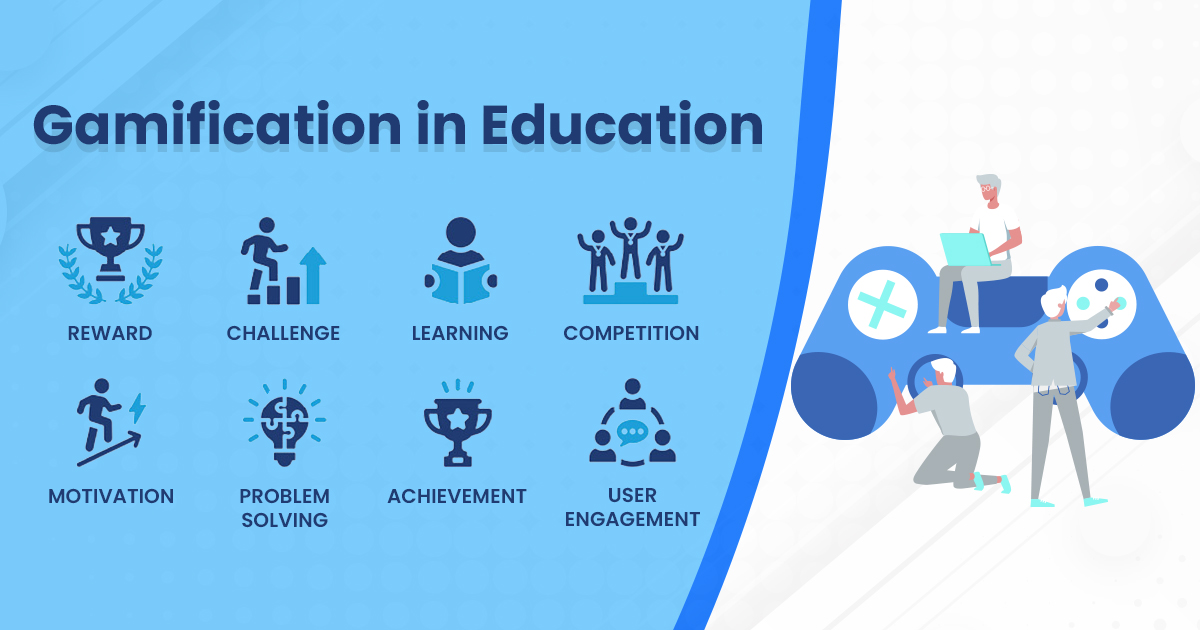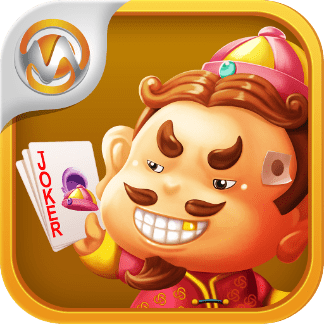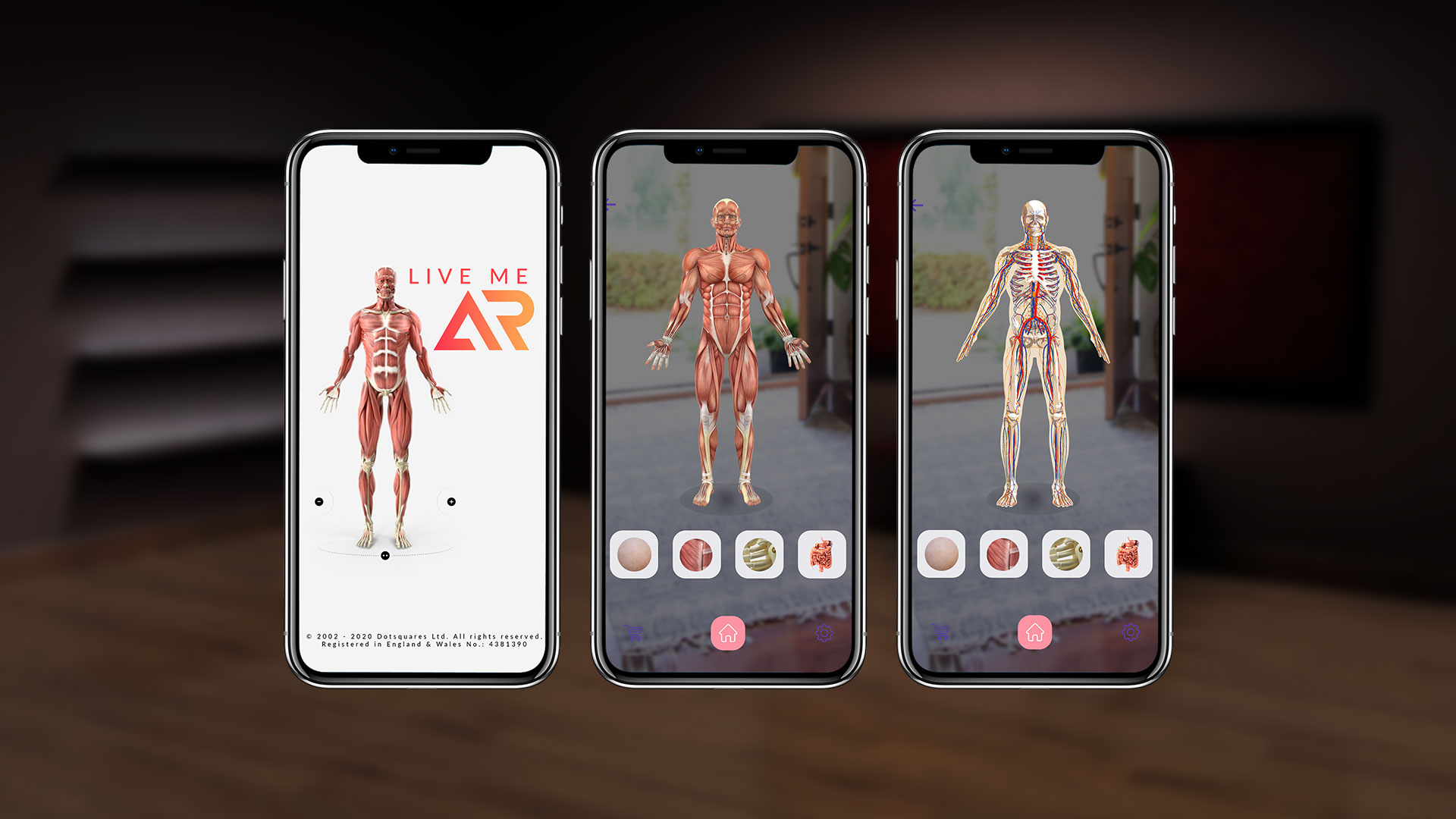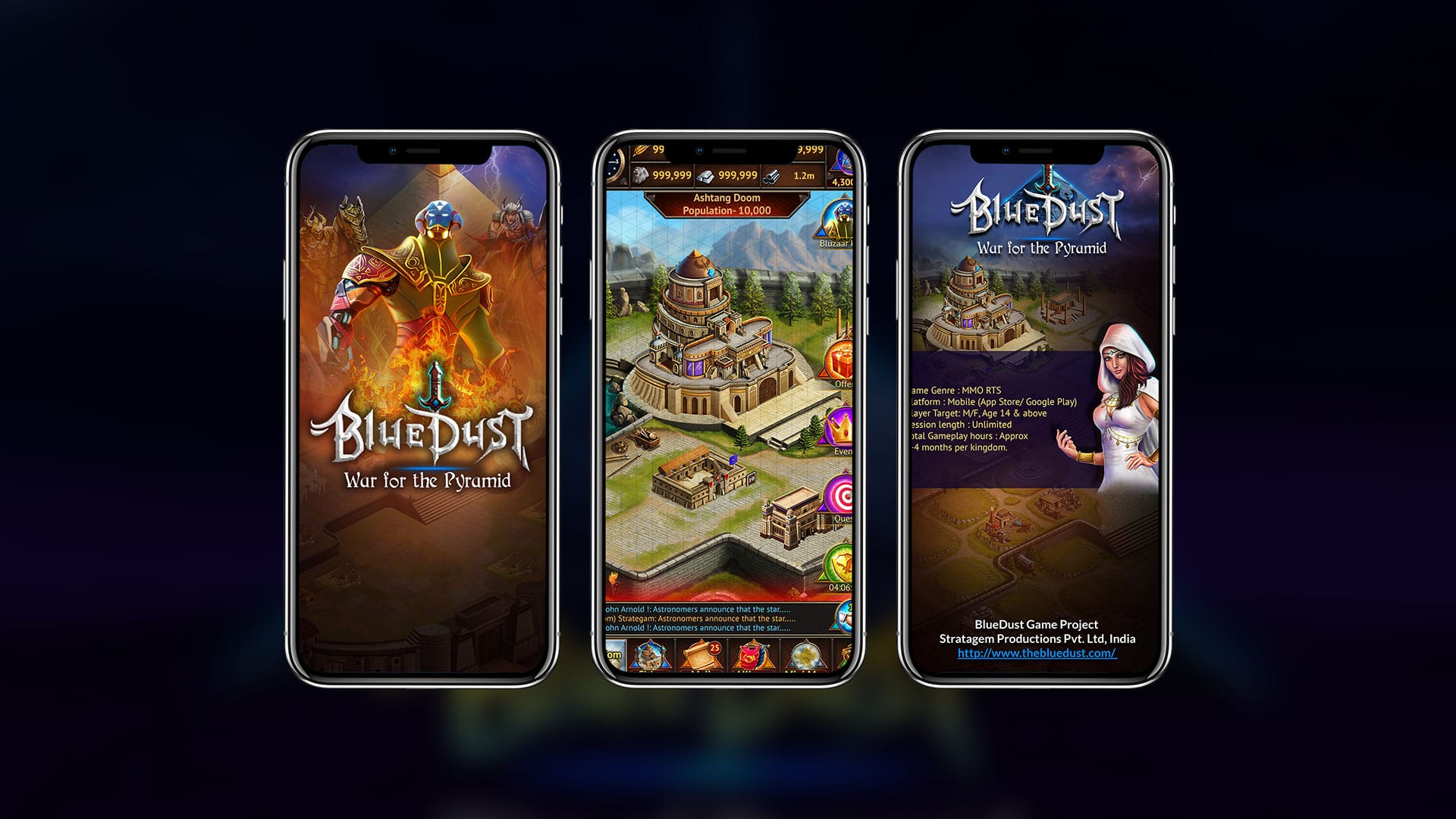How does gamification in education transform learning?
In today’s ever-evolving educational landscape, the fusion of technology and pedagogy has given rise to innovative approaches to learning. Among these, gamification shines as a beacon of transformation, revolutionizing traditional educational paradigms. By infusing elements of play and competition into learning environments, gamification not only captivates students’ interest but also enhances their comprehension and retention of academic material.
What is Gamification?
Gamification represents a paradigm shift in education, leveraging the principles of game design to create engaging and immersive learning experiences. It involves integrating game mechanics such as points, badges, levels, and leaderboards into educational contexts to motivate and incentivize student participation.
Why is Gamification Important in Education?
The significance of gamification in education lies in its ability to address the pervasive issue of student disengagement. By tapping into intrinsic motivators like autonomy, mastery, and purpose, gamification fosters a sense of ownership and excitement about learning. It transforms mundane tasks into enjoyable challenges, sparking students’ curiosity and igniting their passion for knowledge acquisition.
How Can Gamification Improve Learning Outcomes?
Enhanced Engagement: Gamification injects an element of excitement and competition into the learning process, capturing students’ attention and fostering active participation.
Personalized Learning Paths: Through customizable game mechanics, educators can tailor learning experiences to accommodate diverse learning styles and preferences, empowering students to learn at their own pace.
Immediate Feedback Mechanisms: Gamified activities provide instant feedback on student performance, enabling them to track their progress and make informed adjustments to their learning strategies.
Cultivation of Collaboration: Multiplayer games and cooperative challenges promote teamwork, communication, and peer-to-peer learning, facilitating a collaborative learning environment.
Improved Retention and Application: The immersive nature of gamification facilitates deeper learning and better retention of information through repeated practice and reinforcement.
Benefits of Gamification in Education:
Motivational Boost: Gamification instills a sense of purpose and achievement, motivating students to actively engage in their learning journey.
Growth Mindset Cultivation: By reframing challenges as opportunities for growth and learning, gamification nurtures a resilient and adaptive mindset among students.
Lifelong Learning Promotion: The enjoyment derived from gamified learning experiences extends beyond the classroom, fostering a lifelong love for learning.
Examples of Gamification in Education:
Duolingo: This language-learning platform employs gamified lessons and rewards to make language acquisition enjoyable and interactive.
Kahoot!: An interactive quiz platform that transforms traditional assessments into engaging competitions, enhancing student participation and knowledge retention.
Classcraft: A classroom management tool that gamifies the learning experience by allowing students to earn points and rewards for positive behaviors and academic achievements.

How to Implement Gamification in Education:
Clearly Define Learning Objectives: Identify the desired learning outcomes and objectives that gamification aims to achieve.
Choose Appropriate Game Mechanics: Select game elements that align with the learning goals and preferences of the target audience.
Design Engaging Content: Create interactive and challenging activities that stimulate student interest and promote active learning.
Provide Timely Feedback and Recognition: Offer immediate feedback and rewards to reinforce positive behaviors and accomplishments.
Continuously evaluate and adapt: Regularly assess the effectiveness of gamified experiences and make adjustments based on student feedback and performance.
Results of Gamification in Education:
Research studies have consistently demonstrated the positive impact of gamification on student engagement, motivation, and academic performance. Gamification fosters a conducive learning environment that empowers students to take ownership of their education and strive for excellence.
The Future of Gamification in Education:
As technology continues to evolve, the future of gamification in education holds tremendous potential for innovation and growth. Emerging technologies such as virtual reality, augmented reality, and artificial intelligence present exciting opportunities to create immersive and personalized learning experiences that cater to individual learning needs and preferences.
Bottom Line:
Gamification represents a paradigm shift in education, redefining the way students interact with academic content and fostering a culture of lifelong learning. By harnessing the power of gamification, educators can inspire students to unlock their full potential and embark on a journey of discovery and growth.
How Experts at Inventive Studio Can Help:
At Inventive Studio, we specialize in designing and implementing gamified learning solutions that elevate the educational experience. Our team of experienced educators and game designers collaborate closely with clients to develop customized gamification strategies tailored to their specific needs and objectives. Let us partner with you to unlock the transformative potential of gamification in education and propel your students toward academic success and personal growth.















